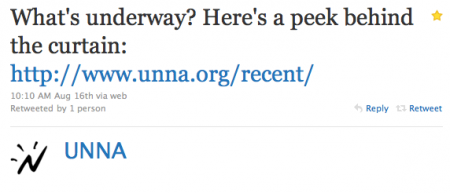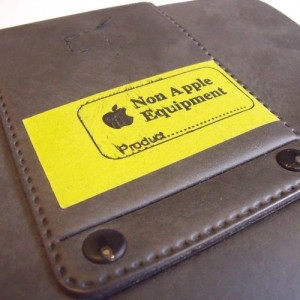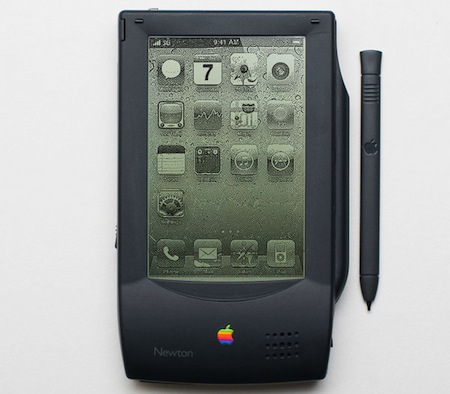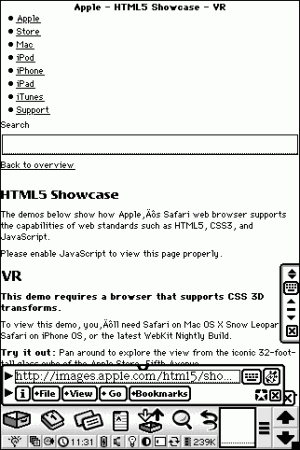
The United Network of Newton Archives, or UNNA, is looking at clearing the cobwebs and hosting new Newton-related software after long last.
Morgan Aldridge, UNNA wrangler since 2007, gave the above hint on Twitter – a sneak peek at the Recent Additions page. It shows the latest 25 uploads to UNNA through a moderated database, says Morgan.
“Any new files uploaded and existing files that have new descriptions added get added to a moderation queue,” he said in an e-mail. “If it’s just a description, it’s just a matter of tweaking and approving the description. If it’s also a new upload, the moderation tools support publishing the file to the final destination as well.”
The previous UNNA moderator, Victor Rehorst, stopped taking new UNNA submissions in 2004, and then handed off UNNA’s hosting to Morgan. Finally, he says, he’s getting around to adding new stuff to the archive.
“In the past few years a number of Newton-related sites have disappeared for good and I and others have become increasingly worried about preserving all of this data,” Morgan said. “The least I could do is get UNNA opened back up. So, a couple months ago I started moving forward.”
Between some detective work, trying to figure out how Victor managed all the data, and some version control issues, Morgan plunked away at the project a few hours at a time. Now the Recent Additions page is his way of testing out the uploading and moderating tools. UNNA has preserved Newton sites along the way.
The idea is to keep the Newton software and sites in a downloadable vault to keep it from vanishing. As I’ve found, more and more Newton sites are disappearing. The same can be said for software: companies go out of business, people move (or die), computers crash.
Morgan says he doesn’t get a whole lot of submissions these days, but new entries trickle in every few months. Mostly, he says, Newton users have expressed “discomfort with the state of UNNA.” So he’s going to start fixing that. One of the first new entries: Brian Parker of Sealie Computing is submitting full versions of his NewtChat, NewtGlider, and MathFaster packages, and mirrors of the web pages.
“He’s still looking to see if he has the NewtGlider source code and such, but I’m already happy to have this work preserved,” Morgan said.
UNNA is an indispensable resource for any Newton user. I find packages in the archives that I try out just for fun, and Newton Poetry has only been possible through a lot of that old software. It’s great to hear we’ll be getting some new stuff up and available for download.
[Via UNNA on Twitter. Follow Morgan’s own Twitter stream, while you’re at it.]



